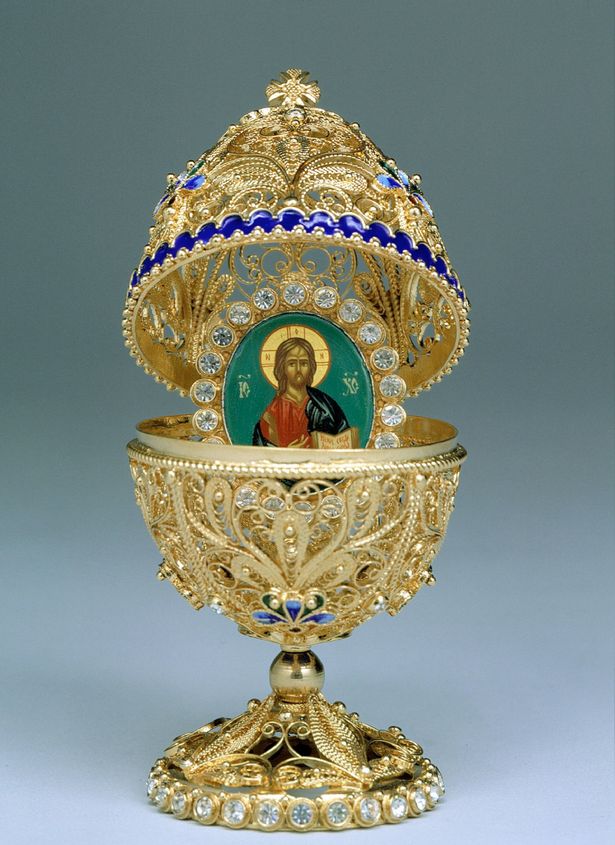* Eggs and Chicks 
 Like Rabbits and Hares, Chicks are often associated with Easter because, in Pagan times, they were signs of Fertility and New Life. The Early Christians took over the meaning of New Life because it helped them remember the Resurrection and having New Life through Jesus Christ.
Like Rabbits and Hares, Chicks are often associated with Easter because, in Pagan times, they were signs of Fertility and New Life. The Early Christians took over the meaning of New Life because it helped them remember the Resurrection and having New Life through Jesus Christ.
Eggs were used by the ancient Persians and Egyptians to celebrate New Year, which happened for them in spring time. The eggs were colored and eaten during the celebrations. In Europe, colored eggs were used to celebrate Easter as house decorations. In Eastern European countries, such as Hungary and Romania, wooden eggs are beautifully painted in lots of different patterns. The patterns often have special names and meanings and help to tell the Easter Story.
* Fabergé eggs (pronounced fae.ber.jhey)
In Russia, during the early years of the 20th century, the former Royal rulers Czar Alexander III and Czar Nicholas II had some very special Easter Eggs made for them by the jeweller Carl Fabergé, creating the infamous Fabergé eggs.
The first egg was a gift from Alexander III to his wife, was made of gold and white enamel. Inside the egg was a golden yolk containing a golden hen with ruby eyes. Inside the hen was a tiny golden crown. It was so beautiful that the Czar (meaning King) said that every Easter, Fabergé should make the Czarina (or Queen) a special egg.
The design of the egg was left up to Fabergé, but each egg had to have a surprise in it. It was made of solid silver, with a map of the train route on it. The stations were marked with precious Jewels, and inside was a gold clockwork train! Fabergé made eggs for other members of the Russian royal family, and occasionally for the Czar to present to other monarchs. They are very precious, and  are kept in royal collections and museums.
are kept in royal collections and museums.
In some countries, egg hunts take place over Easter. Eggs are hidden around a house or garden and children have to find them. Sometimes they are told that the eggs were hidden by the Easter Hare or Bunny.
* Bunnies, Rabbits and Lambs
These animals are often associated with Easter because most babies of the animals are born in Spring around Easter time. In Pagan times, like Eggs, Rabbits and Hares were signs of Good Luck and New Life. The Early Christians took over the meaning since it reminded them of Jesus being raised from the dead and having New Life.
The Lamb is a symbol of Jesus in the Bible as He was called ‘the Lamb of God’. This is because Lambs were and are still used in the Jewish faith as a sacrifice for people’s sins and wrong doings. Christians believe that Jesus was killed and sacrificed for everyone. In many countries, Lamb is eaten as the main Easter Day meal.
* Easter Bonnets
Easter Bonnets come from European traditions of wearing flowers on a hat to celebrate spring. It was developed over the years into a way of ladies celebrating Easter and of showing off to family and friends as to who had the best Bonnet! Countries all over the world now host hat shows to celebrate Easter.
(Source: www.whyeaster.com)




.png)









